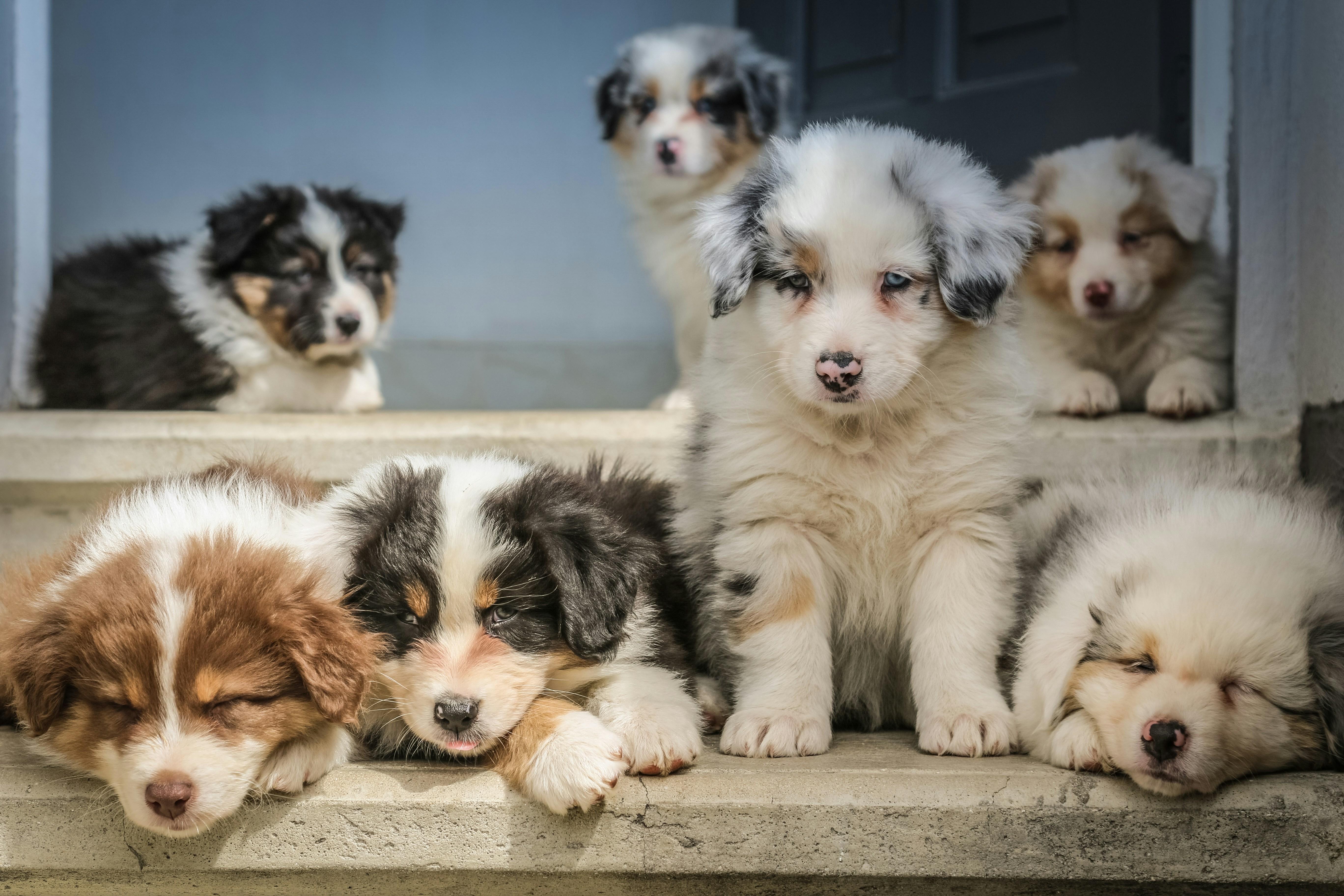How to Train Your Puppy to Sit in Just One Week
Welcoming a new puppy into your home is an exciting adventure filled with wagging tails and boundless energy. One of the first and most rewarding steps in building a strong bond with your furry friend is teaching them basic commands, starting with “sit.” This fundamental skill not only lays the groundwork for future training but also helps instill good manners in your pup. In this guide, we’ll walk you through a simple and effective plan to teach your puppy to sit in just one week. With patience, consistency, and a sprinkle of fun, you’ll be amazed at how quickly your little companion catches on. So, grab some treats, find a quiet spot, and let’s get started on this delightful journey together!
Mastering the Basics: Essential Commands for Puppy Training
To kickstart your puppy’s training journey, it’s crucial to focus on the foundational commands that form the basis of good behavior. Teaching your puppy to sit is not only one of the simplest commands but also a stepping stone to more complex training. Begin by choosing a quiet environment to minimize distractions. Here’s a quick rundown of steps to follow:
- Get their attention: Use a treat to capture your puppy’s focus. Hold it close to their nose so they can sniff it.
- Guide them: Slowly move the treat upwards, causing your puppy to naturally lower their back end to the ground as they follow the treat with their eyes.
- Introduce the command: As soon as their bottom hits the ground, clearly say the word “sit” and give them the treat as a reward.
- Practice regularly: Repeat this exercise multiple times a day in short sessions to reinforce the command.
- Be patient: Remember that consistency is key. Praise and reward your puppy each time they successfully follow the command, even if it takes a few tries.
By incorporating these steps into your daily routine, you’ll create a positive learning environment that encourages your puppy to respond eagerly. Training should always be a fun and rewarding experience for both you and your furry friend!
Creating a Routine: Consistency is Key to Success
Establishing a consistent routine is crucial when teaching your puppy new commands. Puppies thrive on repetition and predictability, which helps them understand and remember what is expected. Start by dedicating specific times each day for training sessions. Aim for short, frequent sessions, such as 5-10 minutes, to keep your puppy engaged and prevent them from becoming overwhelmed. Ensure these sessions are held in a quiet environment free from distractions.
- Morning Routine: Begin each day with a quick training session before breakfast. This sets the tone for the day and helps reinforce the training.
- Afternoon Practice: Use a portion of your lunch break to reinforce the morning session. Consistency at this time helps solidify the command.
- Evening Wrap-Up: End the day with a calm, focused session. This reinforces learning and provides a positive end to the day’s routine.
Remember, the key to success is patience and positive reinforcement. Reward your puppy with treats and praise whenever they successfully sit on command. Over time, your puppy will associate the routine with positive outcomes, making the learning process enjoyable for both of you.

Positive Reinforcement: Rewarding Good Behavior Effectively
Implementing a system of positive reinforcement is a key component in training your puppy effectively. When your pup successfully follows the “sit” command, immediately reward them with a treat, a favorite toy, or enthusiastic praise. This approach encourages your puppy to associate the act of sitting with positive outcomes, reinforcing the behavior you want to see repeated.
Here are some tips for rewarding your puppy’s good behavior effectively:
- Consistency: Always reward your puppy right after they sit. This helps them make a clear connection between the command and the reward.
- Variety: Mix up the rewards to keep things exciting. Use treats sometimes, and at other times, offer a short play session or a belly rub.
- Timing: Keep training sessions short and fun, around 5-10 minutes, to maintain your puppy’s interest and energy.
- Patience: Remember, every puppy learns at their own pace. Stay patient and keep a positive attitude to foster a nurturing learning environment.
By using these strategies, you’ll create a rewarding experience for your puppy that strengthens your bond and promotes good behavior.

Troubleshooting Tips: Overcoming Common Puppy Training Challenges
Training your puppy to sit can sometimes come with a few hiccups. If you’re encountering challenges, don’t worry; you’re not alone! Here are some effective strategies to tackle common issues:
- Distraction Overload: Puppies are naturally curious. Ensure your training environment is calm and free from excessive distractions. Gradually introduce more stimuli as your puppy becomes more adept.
- Lack of Motivation: Use high-value treats that your puppy finds irresistible. If food isn’t working, try a favorite toy or plenty of enthusiastic praise.
- Inconsistency in Commands: Stick to a single command word like “sit.” Consistency is key; ensure all family members use the same language and gestures.
- Short Attention Span: Keep training sessions brief, around 5-10 minutes, and focus on positive reinforcement. If your puppy seems restless, take a break and try again later.
Remember, patience and persistence are your best allies. With these tips, you’ll be better equipped to overcome any obstacles and help your puppy master the ”sit” command in no time!